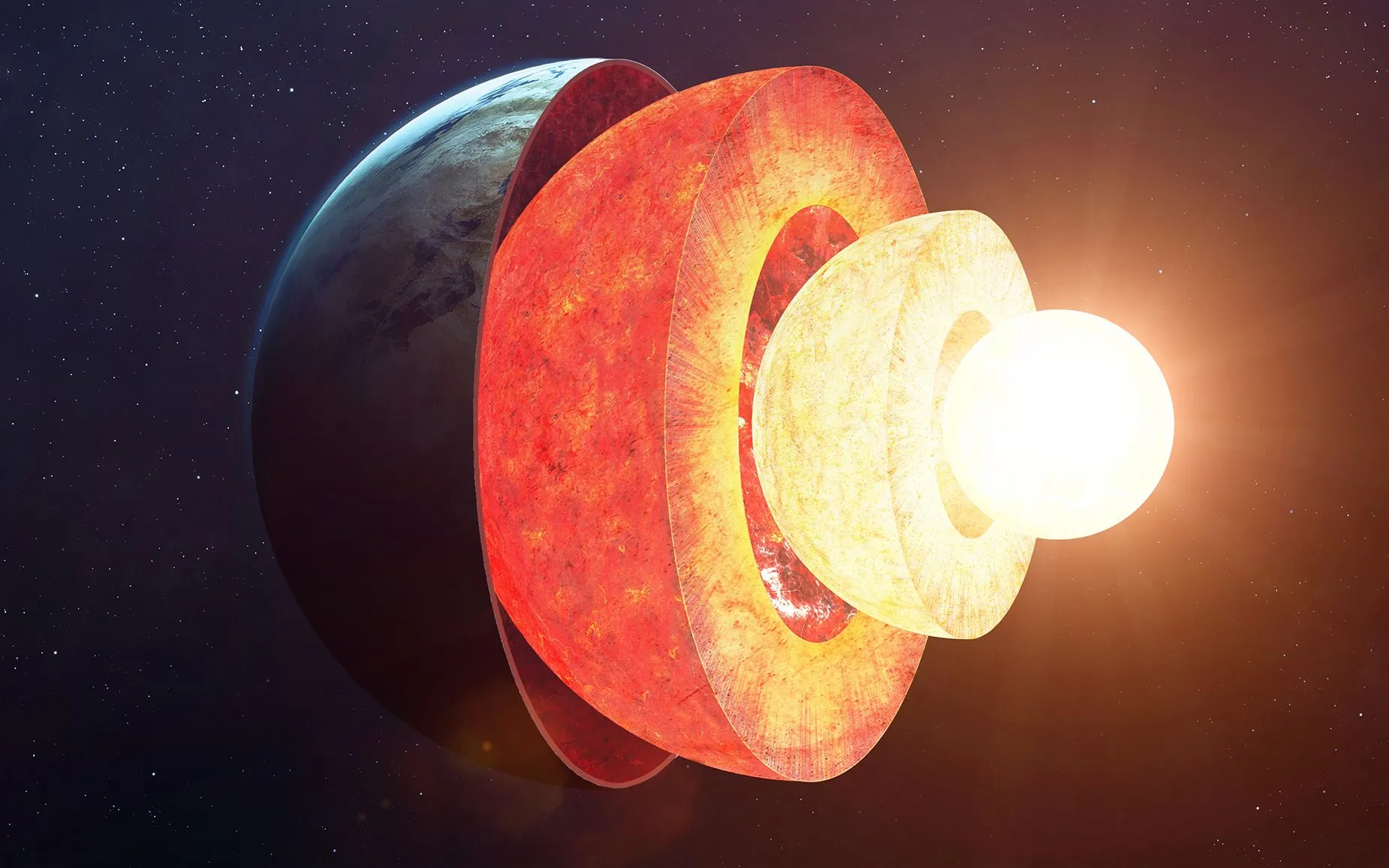Chapter 5: The Hydrogen Revolution
From powering electric cars and heating homes to replacing fossil fuels in heavy industry, hydrogen has enormous potential for a transition to a greener future.
In 2022, China endured its worst drought in six decades. Rivers ran dry across Sichuan, crippling hydropower plants, forcing factories offline, and leaving millions facing rolling blackouts. A year later, the pattern repeated closer to home. In Canada, drought left reservoirs critically low. British Columbia—normally a net exporter of electricity—was forced to import nearly a fifth of its power, while Québec’s hydro output dropped over nine percent and exports to the United States were cut in half. At the same time, the Colorado River system in the United States hit historic lows, straining dams that supply tens of millions.
Hydropower has always been billed as dependable. But in a warming world, even rivers can’t be relied upon. When the rain stops, the grid falters. A system designed around rainfall is becoming increasingly vulnerable to the very crisis it was meant to help solve.
That’s why we need another anchor—clean, steady, weather-proof energy. And the most promising candidate lies not in the sky or the rivers, but underground.
As a result of drought, Zambia is suffering one of the world’s worst energy crises. The country’s largest hydroelectric plant, the Kariba Dam, fell to 7 per cent generation capacity, causing electricity blackouts of up to 21 hours a day.
- United Nations Convention to Combat Desertification, Report (2025)
Deep beneath our feet lies a source of energy so vast it defies imagination. The Earth’s core burns hotter than the surface of the sun—over 6,000 degrees Celsius. This immense heat, radiating outward through dense layers of rock, represents a virtually limitless supply of power—enough to fuel humanity’s energy needs for millennia. And yet, we’ve barely scratched the surface of its extraordinary potential.
Despite its promise as a clean, round-the-clock energy source, geothermal has struggled to gain traction. While countries like the U.S., Iceland, and Germany have embraced it, global capacity stands at just 16 gigawatts—only 0.2 percent of global electricity production. And unlike its southern neighbor, Canada has been passive, failing to tap even a fraction of its underground heat.
The geothermal resource potential in Canada could exceed one million times its current electricity consumption.
- The Pembina Institute (2011)
For decades, Canada has been a world leader in energy innovation—except when it comes to geothermal. Canadian oil and gas companies pioneered advanced drilling techniques and built one of the most sophisticated energy sectors on the planet, yet geothermal power has remained little more than an afterthought. It’s not for lack of resources. Canada sits on some of the best geothermal potential in the world, yet it remains the only country along the Pacific Ring of Fire that hasn’t tapped into it.
Meanwhile, Canadian expertise has fueled geothermal booms as far away as Germany. In 2010, Canadian firms were responsible for more than a quarter of U.S. geothermal projects, helping America develop one of the world’s largest geothermal industries while Canada ignored its own prospects. As of 2024, Canada’s only geothermal electricity comes from a small hybrid co-produced unit at Swan Hills, Alberta. Beyond that, we’ve built no dedicated geothermal power capacity.
In the early 20th century, as nations began experimenting with geothermal power, Canada stood at an energy crossroads. The country had everything it needed to become a global leader in clean energy: vast underground heat, world-class drilling expertise, and a growing population that needed power. But while some countries seized the opportunity, Canada locked itself into fossil fuels and hydropower.
Geothermal had its first breakthrough in 1904, when Italy built the world’s first geothermal plant. By the mid-20th century, projects were emerging in the United States, Iceland, and Japan, all recognizing its capacity to provide constant, fuel-free electricity. In Canada, however, almost no attention was paid to the technology. Governments prioritized two things: hydropower and fossil fuels.
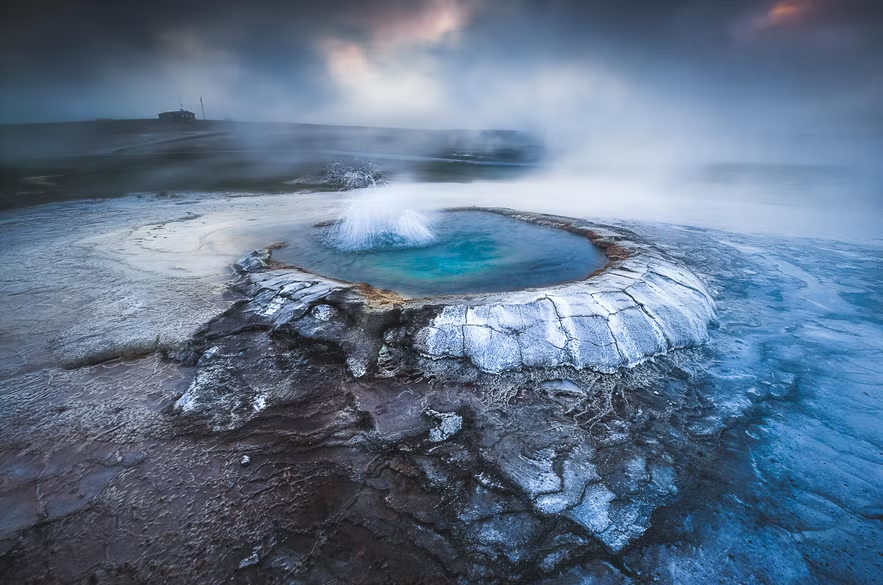
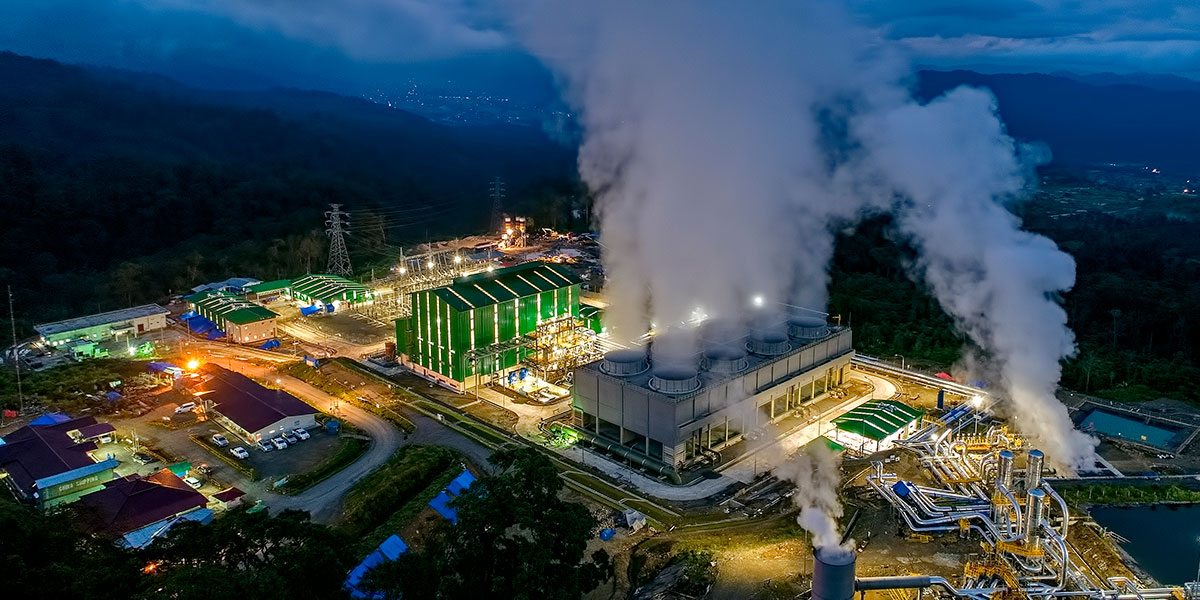
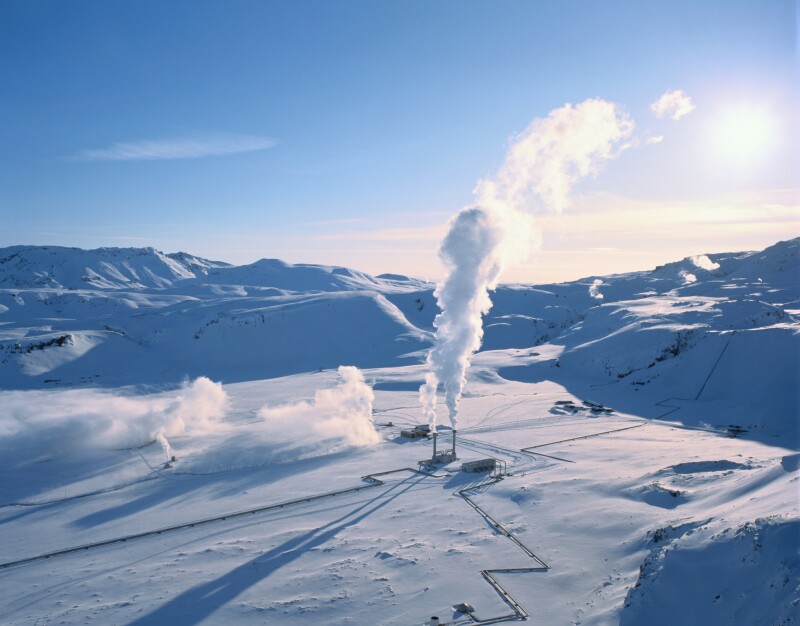
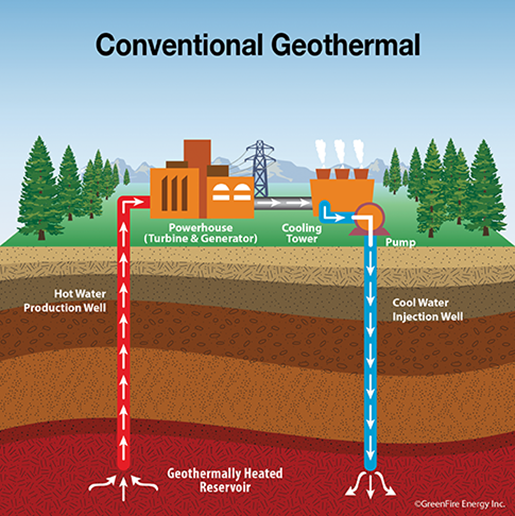
Hydropower surged ahead as Canada’s renewable backbone. The country’s rivers and waterfalls provided a low-risk, government-supported alternative to fossil fuels, and massive public investments in dams transformed the grid. At the same time, the oil and gas industry was expanding rapidly. By the 1960s, Alberta’s oil sands were being developed at scale, and billions in government incentives—from tax breaks to infrastructure projects—ensured fossil fuels would dominate for decades.
Geothermal, by contrast, received none of that support. It wasn’t that the technology was unproven—Italy, the U.S., and others were already generating power from geothermal sources. The problem was that Canadian energy policy favored what was easiest to exploit. Hydropower and oil fit the bill; geothermal required risk, capital, and long-term vision. Without government support to de-risk early costs, it never had a chance to compete.
This early divergence shaped Canada’s energy system for generations. While other countries integrated geothermal into their grids, Canada doubled down on hydro and fossil fuels. And once an energy system is built around certain industries, changing course becomes exponentially harder.
The potential for geothermal energy in Canada is immense—over 5,000 MW in traditional shallow geothermal resources with currently available technology.
- Canadian Geothermal Energy Association (CanGEA, 2020)
Canada has long overlooked one of its greatest untapped energy resources. Geothermal isn’t struggling because it doesn’t work. It’s struggling because the system was never designed to include it.
Fossil fuels were prioritized, hydropower became Canada’s renewable workhorse, and geothermal was left in the dark. The result is a country that has yet to produce a single megawatt of geothermal electricity, despite mapped resources capable of generating more than 5,000 MW—enough to power millions of homes. Meanwhile, countries like Iceland built thriving geothermal industries, proving what’s possible when policies align with potential.
The barriers holding geothermal back aren’t technical. They’re structural.
The challenge starts with investment. While geothermal plants provide a lifetime of fuel-free, low-cost power, they demand massive spending before a single megawatt is generated.
Exploratory wells can cost tens of millions of dollars with no guarantee of success. Oil and gas companies benefit from decades of drilling data to pinpoint reserves; geothermal exploration is riskier, and investors hesitate to gamble.
Even when a viable reservoir is found, construction costs are steep. A 1,000 MW geothermal plant can run $4 billion, while a comparable natural gas plant costs closer to $1.2 billion. Investors chasing fast returns choose gas—even though geothermal proves more cost-effective in the long run.
Figure A - Comparing Hydropower Costs to Natural Gas (2021):
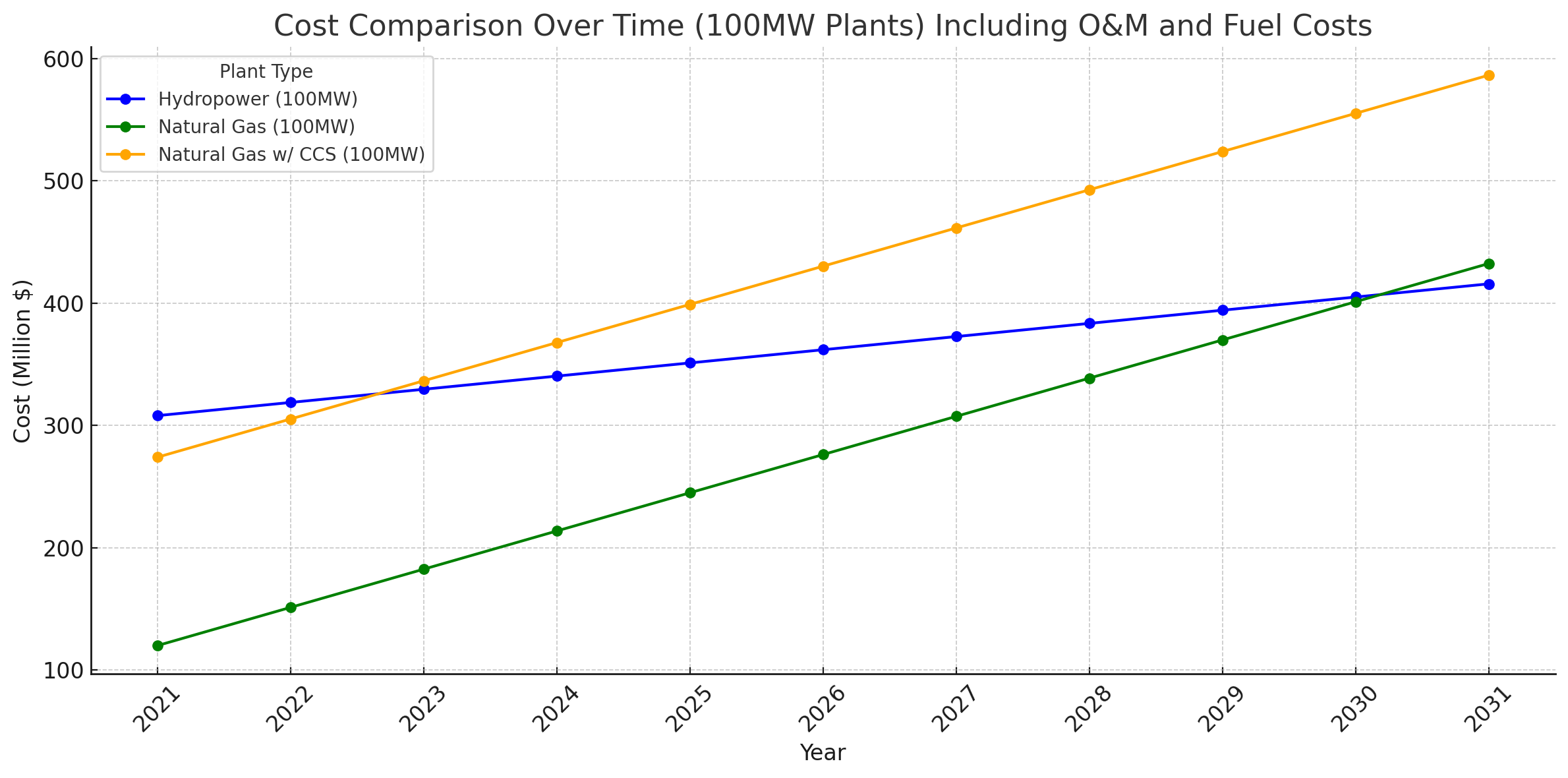
* O&M = Operating & Maintenance, CCS = Carbon Capture & Storage
* Sources: U.S. Energy Information Administration, EIA Assumptions 2021
Natural gas plants rack up billions in fuel costs over their lifetime, while geothermal has none. But because those fuel costs are passed on to consumers, investors rarely see them as their problem. Financing structures reinforce the short-term bias. Larger upfront loans mean larger interest payments, making geothermal appear riskier.
This isn’t new. Hydropower faced the same challenge. Building massive dams required immense capital—but governments stepped in to de-risk the projects. With public backing, hydro flourished. Geothermal never had that advantage. With construction costs nearly identical to geothermal ($3,083 per kilowatt vs. $3,076 for geothermal), hydropower thrived because it got the support it needed.
The financial challenge could have been solved with the right policies. But instead of supporting geothermal, Canada doubled down on fossil fuels.
For over a century, subsidies and tax breaks propped up coal, oil, and gas, cementing their dominance. Emerging alternatives like geothermal were sidelined with barely a second thought. Solar and wind received some investment, but geothermal got next to nothing.
Over the last four years, the federal government’s total financial support to the oil and gas industry was at least $65 billion. That level of support could have fully funded every major wind and solar project in Canada from 2019-2021 twelve times over.
- Julia Levin, Associate Director of National Climate, Environmental Defence (Study, 2024)
Compare this with the United States. Federal investment helped the U.S. become the world leader in geothermal capacity, with more than 3,600 MW installed by 2020. Canada, despite having some of the best geothermal resources on the planet, has yet to produce a single megawatt.
The issue isn’t a lack of potential. It’s a lack of policy. Developers face fragmented regulations and no cohesive federal strategy. Without clear incentives or guaranteed markets, private investment never materialized.
Canada’s energy abundance has been both a strength and a weakness. Vast reserves of oil, gas, coal, and hydropower meant policymakers never felt urgency to diversify. Instead of investing in next-generation clean energy, governments clung to the familiar.
Carbon capture and storage (CCS) is a telling example. CCS is valuable for heavy industries like cement and steel, where alternatives don’t exist. But retrofitting fossil fuel plants with CCS is an expensive way to generate “clean” power. Advocates pitch it as a bridge—but in practice, it’s often an excuse to keep burning hydrocarbons.
Meanwhile, geothermal—one of the best zero-emission alternatives—remains ignored.
The machinery used in CCS will use between 10 and 40 per cent of the energy produced by a power station. This means that electricity will be more expensive to buy.
- Understanding carbon capture and storage, British Geological Survey (2022)
Abundant fossil fuels made it easy for Canada to keep drilling rather than invest in something new. But now that strategy is backfiring. As global markets shift toward clean energy, Canada’s overreliance on hydrocarbons is becoming a liability. Even the oil sands industry is automating and cutting jobs, preparing for demand to peak within the decade.
Hydropower, once Canada’s clean energy backbone, is also showing cracks. Climate change is straining dams through drought and unpredictable rainfall. In 2023, hydro generation dropped nearly four percent nationwide due to extreme weather.
Unlike hydro, geothermal doesn’t depend on rainfall or snowpack. It offers stable, weather-independent electricity—exactly the kind of reliability Canada needs.
Geothermal viability depends on geology, and Canada’s landscape presents real obstacles. The Canadian Shield, which covers nearly half the country, is composed of dense, ancient rock that makes deep drilling costly. Early planners wrote geothermal off as impractical.
But this overlooked a crucial fact: Western Canada sits atop vast underground heat reservoirs. Alberta and British Columbia, in particular, hold immense potential—yet little of it has been tapped.
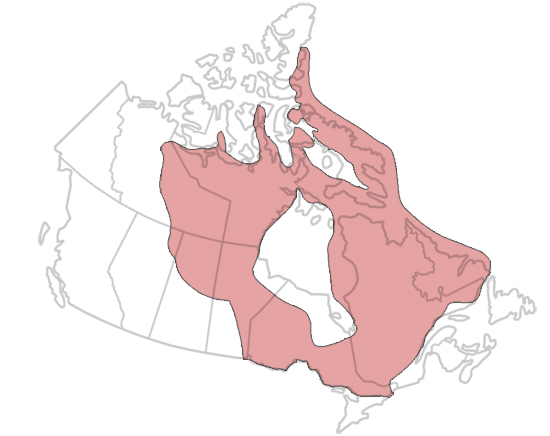
The Canadian Shield is composed of hard rocks like granite and makes up roughly 50 percent of Canada's landmass (map by Holly O'Rourke/The Canadian Encyclopedia)
The irony is hard to miss. Canada’s oil industry already has the drilling technology, skilled workforce, and subsurface mapping expertise to lead geothermal development. The same tools used for oil and gas apply directly to geothermal wells.
Recent innovations like enhanced geothermal systems (EGS) and closed-loop designs expand the possibilities further, making once-infeasible regions viable. Outdated perceptions, not technical limits, are what hold geothermal back.
Canada’s energy system was never designed to include geothermal. Year after year, policies and subsidies reinforced fossil fuels and hydro. Geothermal didn’t fit, so it was ignored.
This created a cycle that locked in the status quo. Oil and gas companies wield immense political influence, shaping regulations in their favor. Even as global markets shift, Canada remains tethered to industries that are outdated and increasingly risky.
Carbon pricing could have helped when it was still part of the federal plan to fight climate change. But instead of funding clean energy projects, most of the revenue was returned directly to households, leaving little for the structural transition Canada needed. With the program now abandoned, one of the few tools that could have leveled the playing field for geothermal is gone.
Canada has made no direct investments in geothermal, established no national strategy, and developed no real plan to unlock one of its best untapped energy resources.
Breaking free from this inertia will take more than recognizing geothermal’s value. It will take deliberate policy shifts to give it a fair chance.
Canada has spent far too long overlooking its geothermal resources, but that can—and must—change. The barriers holding it back are not technical dead ends. They are policy choices, investment gaps, and structural biases that can be overcome.
We have the expertise. We have the resources. And we already have more than 170,000 abandoned oil and gas wells drilled deep into the earth in Alberta alone. The only thing missing is a strategy to turn this neglected resource into a cornerstone of Canada’s clean energy future.
If there’s one thing Canada does well, it’s drilling. For over a century, oil and gas companies have honed techniques to access underground reservoirs. The same skills and infrastructure that built Canada’s energy industry could fuel a geothermal revolution. Yet instead of harnessing these strengths at home, Canadian firms have been exporting their know-how abroad. They’ve helped jumpstart geothermal projects in the United States and Germany while opportunities at home have languished.
One thing working in the geothermal industry’s favor is that the skills, engineering know-how, and drilling technology required are virtually identical to those used in the oil and gas sector—it just requires deeper drilling.
- Kirsten Marcia, President and CEO, DEEP Corp., via CBC News (2023)
Fossil fuel jobs are shrinking, while clean energy jobs now account for roughly 40 percent of employment growth in the sector—far outpacing oil and gas. Geothermal could provide a natural transition, but without funding, developers struggle to even get pilot projects off the ground. This imbalance makes little sense. Geothermal rivals nuclear in reliability but avoids the challenge of radioactive waste. Redirecting even a fraction of the country’s drilling capacity could create a domestic industry capable of supplying dependable clean power for generations.
No province is better positioned to lead than Alberta. Beneath its surface lies a wealth of heat reserves, while above it sits one of the most skilled oil and gas workforces in the world. The province is grappling with declining fossil fuel jobs and a growing stockpile of inactive wells, costing taxpayers money to monitor and remediate. These wells could be transformed from liabilities into assets. Repurposing them for geothermal cuts drilling costs—the largest single barrier to new projects—dramatically improving the economics.
Using existing oil and gas wells significantly reduces the cost of geothermal development because drilling accounts for 30–40% of project costs.
- Alberta’s geothermal industry potential and barriers, Pembina Institute (2017)
The economics are compelling. Alberta’s 1.7 million households consume roughly 12,240 gigawatt-hours of electricity annually—a demand that could be met with just 1.55 gigawatts of geothermal capacity. Building that much capacity would require about $8.15 billion CAD. The detailed math is in the appendix, but the returns could be transformative: $2 billion in annual revenue (assuming ¢16.6 per kWh), with net earnings of nearly $24 billion over thirty years and $43 billion over forty-five. At that scale, the initial investment could be fully recovered in just eight years, leaving decades of profitable clean energy to follow. And the benefits go beyond balance sheets. Geothermal projects would create thousands of stable jobs, diversify Alberta’s economy, and reduce its reliance on volatile fossil fuel markets.
Some companies are already proving what this could look like. Eavor Technologies has pioneered a closed-loop design called the Eavor-Loop™, which replaces reliance on underground reservoirs with a sealed system. Specialized fluid circulates through an underground network, absorbing heat as it passes through rock, and then releases that heat at the surface before cycling back down. Unlike traditional geothermal, this method extracts heat from hot rock via conduction, and requires no fracking, no groundwater depletion, and carries no risk of reservoirs running dry. It also expands geothermal’s reach far beyond hotspots. With conduction-based designs, hot rock alone is enough—which means almost anywhere on Earth could host a geothermal project.
This innovation rewrites the rules. It makes geothermal scalable in a way that was once thought impossible. For Canada, it means ultra-reliable subsurface heat is no longer theoretical—it is a practical, untapped powerhouse waiting to be unleashed.
Canada has the talent, the resources, and the technology to lead in geothermal. What it lacks is a coherent strategy. Unlocking this resource won’t happen by accident—it requires deliberate choices.
First, governments must de-risk exploration. The most expensive stage comes before any power is generated: drilling test wells to confirm where viable heat lies. The costs are high, success isn’t guaranteed, and without public support, most projects stall before they begin. Targeted funding for geological surveys and early drilling would clear the path for private capital to follow.
Second, public–private partnerships can share both risks and rewards. Countries like Iceland and New Zealand have shown how government co-funding and guaranteed purchase agreements can spark private breakthroughs. Canada could replicate this model, providing developers with the certainty they need to scale projects.
In 2023, the Government of Canada provided at least $18.553 billion in financial support to fossil fuel and petrochemical companies. Just four of the top oil companies in Canada had a combined annual profit of over $25 billion.
- Julia Levin, Associate Director of National Climate, Environmental Defence (Study, 2024)
Third, financial incentives must level the playing field. For over a century, fossil fuels have received direct and indirect subsidies that tilted the market in their favor. Geothermal has had none. Low-interest loans, targeted tax credits, and dedicated infrastructure funds would make geothermal projects competitive from day one. Once operational, they produce steady, low-cost electricity for decades.
Finally, carbon pricing—while it lasted—was a missed opportunity. Most revenue went back to households rather than capitalizing clean-energy buildout. With the program repealed in 2025, other instruments now have to fill that gap. Dedicated funding streams, whether through green bonds or climate infrastructure funds, must be established to support projects like geothermal that carry high upfront costs but deliver decades of reliable, zero-emission power.
Canada’s path to a clean energy future cannot rest on hydro alone. Climate change has already shown how vulnerable dams are to drought. Solar and wind will play an increasing role, but their intermittency demands backup. Nuclear will help, but it is costly and politically divisive. Geothermal can complement all of these—providing steady, weather-proof electricity that anchors the grid while other renewables fluctuate.
The resource is here. The expertise exists. The technology is ready. What’s missing is vision. Canada can choose to cling to industries of the past or invest in a future that harnesses the immense power of the Earth’s heat.
Canada has treated geothermal as an afterthought, even while its engineers and companies have helped build industries abroad. That neglect has left us dependent on resources that are becoming more vulnerable with every passing year. Hydropower is strained by drought, oil and gas are on the edge of decline, and coal has no place in a climate-conscious future. Yet the heat locked deep in our geology remains constant—an energy source immune to weather, markets, and politics.
What makes geothermal so compelling is not just its reliability, but the way it fits Canada’s strengths. Few countries have the drilling expertise, the idle infrastructure, and the skilled workforce we already possess. The transition could begin almost immediately. Old oil wells could be given new life as clean power stations. Communities that once depended on fossil fuels could become pioneers of a different kind of energy—one that doesn’t burn out, run dry, or pollute the air.
The economics are just as persuasive. Projects can pay for themselves in under a decade and continue generating returns for generations. In an era when governments spend billions on subsidies to prolong the fossil era, investing a fraction of that in geothermal would not just pay back—it would anchor Canada’s energy security in a way no other source can.
Canada is uniquely positioned to lead. We already have a robust, homegrown subsurface supply chain. Our oil and gas infrastructure is not a relic, but a launchpad.
- Emily Smejkal, Research Fellow for Cascade Institute’s Geothermal Energy Office (2025)
Geothermal is not the whole answer, but it is a critical piece of the puzzle. It complements wind and solar, balances hydropower, and rivals nuclear in consistency without the burden of radioactive waste. Taken together, these resources could form the backbone of a clean, resilient grid.
For more than a century, we have overlooked this opportunity. The question now is whether we will continue to let it lie dormant or finally recognize what it offers. The moment calls for leadership willing to look beyond the short term and invest in the kind of future Canadians deserve—one that is prosperous, innovative, and secure.
Canada has the knowledge. It has the tools. And it has the chance to lead. Whether we rise to it will help define our energy future.
Curious about why I wrote this book? Read my Author’s Note →
Want to dive deeper? A full list of sources and further reading for this chapter is available at: www.themundi.com/book/sources
Help shape the future! Sign up to receive behind-the-scenes updates, share your ideas, and influence the direction of my upcoming book on climate change.
